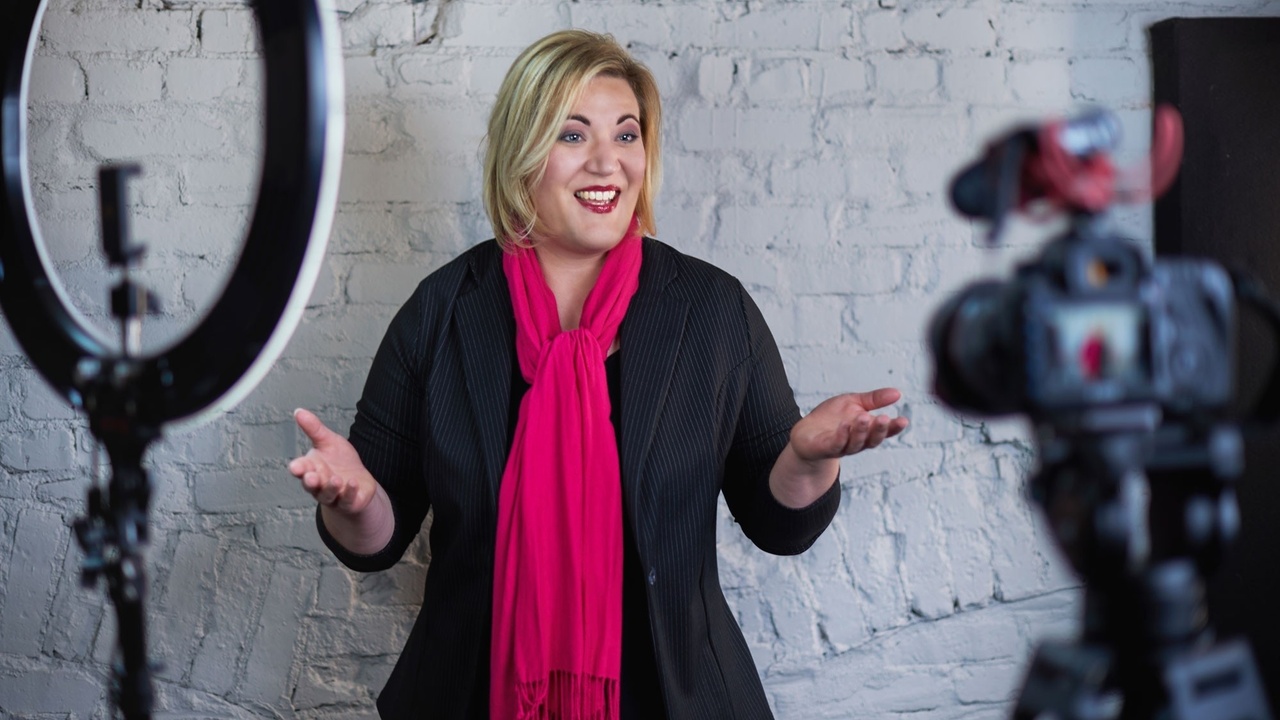The Best Way to Influence Your Audience
Jan 22, 2022
Humans Connect with Stories
Human brains love a good narrative. We want to know more about the characters. We have to find out what happens next. You know what I mean if you've ever stayed up all night reading a good book or binge watched 10 hours of a new show on Netflix on the weekend.
In contrast, we hate to be told what to do. Commands from your parents, spouse, the government, generally make us feel like pushing back. But weave what you want someone to think or do into a good story, and you're more likely to persuade them to do whatever you want. Especially if the listener identifies strongly with the characters in the story.
Advertisers who understand this use it to their advantage to persuade us to happily fork over our money.
Advertisers Use Stories to Sell
Here's one example: In one commercial, we see scenes of a dad and little son spending time together, getting ice cream and dancing to a favorite song. As the boy grows up, we see scenes of them rocking out to the same song. Then we see the boy, now a man, leaves home and the dad gets old.
The scene shifts to Christmas morning where Dad hears a present under the tree start to ring. Inside is a mobile phone and guess who's on the other end? The son, with his new baby, playing the old song they used to dance to. They all have a dance party in their separate living rooms.
By the end, everyone watching the commercial is bawling their eyes out and every adult child and grandparent on the planet is contemplating getting a new phone or upgrading to unlimited data or whatever.
That's the power of story to persuade.
I might mention, there aren't many words spokane in that commercial. Just video clips, music and one line on the screen at the end. Storytelling doesn't have to include words. It doesn't have to include pictures. In whatever form, storytelling has been proven to help humans connect with others, build trust and persuade.
Why Personal Branding Works
In some studies, brain scans show the brainwaves of a storyteller and listener actually syncing up. Areas of the listeners brain associated with understanding meaning light up as well as regions we use to predict the motivations, emotions, and beliefs of other people.
Studies show we also tend to focus more on the characters of a story, what they're feeling, what's happening to them, and how we relate to them, rather than the sequence of events in a story.
Which explains our obsessions with celebrities, YouTubers, influencers and the endless drama of our "friends" on social media. We love to know what's happening in a character's life. We feel like we know them.
This is also why the trend toward personal branding is so strong these days. Consumers are more likely to buy from a company who has a person they identify with as the face of the brand. Think about it. Jeff Besos, Richard Branson, Oprah Winfrey and hundreds of celebrities turned entrepreneurs enthrall and enchant us into buying their stuff because we feel a connection to their character.
So, how can you use this information in your business?
We don't have to feel sleazy or manipulative using storytelling to sell our products or services. The type of client I work with has something to offer that genuinely helps people, and they want to help more!
Here are a few steps for incorporating storytelling into your brand.
1. Get vulnerable. What's your story? Why do you do what you do? What motivates you? How do you help people?
2. Choose how you'll tell your story. There a so many ways to get your story out there these days. With words, with pictures, video, your voice. Which feels most doable for you? Blogging, writing a book, videos or photos + words on social media or other platforms are all great ideas. I recommend you pic one for now until you've mastered it, then you can add another. If storytelling in any form feels difficult, consider hiring someone to help you.
3. Evaluate your brand image. How you present yourself and your brand to the world tells a story. Consider what story someone might make up about your business if they pulled up to your door and there were piles of trash everywhere, the paint pealing and the sign out front was clearly created by an amateur. But you claim to sell high end clothing inside. Do you think the right people would actually come in?
Even though many of us don't have physical store fronts, your "looks", tone of voice, written messaging, price point and online presence all have to match the story you want your audience to hear.
4. Keep telling the story. Many people feel they have to keep coming up with new stories all the time. Guess what? You can keep telling the same story over and over. Successful brands have one story or mission and keep telling it again and again in different ways.
Example: Coca Cola commercials are known for inspiring happiness and joy, by using (you guessed it) touching or fun stories of humans enjoying life. They aren't selling coke in a bottle. They're selling happiness. And associating it with drinking their beverages. Same story, different ways of telling it.
So, how will you use storytelling to strengthen your brand and sell your services? If you're not sure, reach out to schedule a BrandStorm.
Are you ready for your brand makeover?
Get started with a WorkStory BrandStorm™
Stay connected with news and updates
Join my mailing list to receive branding and marketing tips right in your inbox!
Unsubscribe any time. I respect your privacy. I will never sell your information, for any reason.

